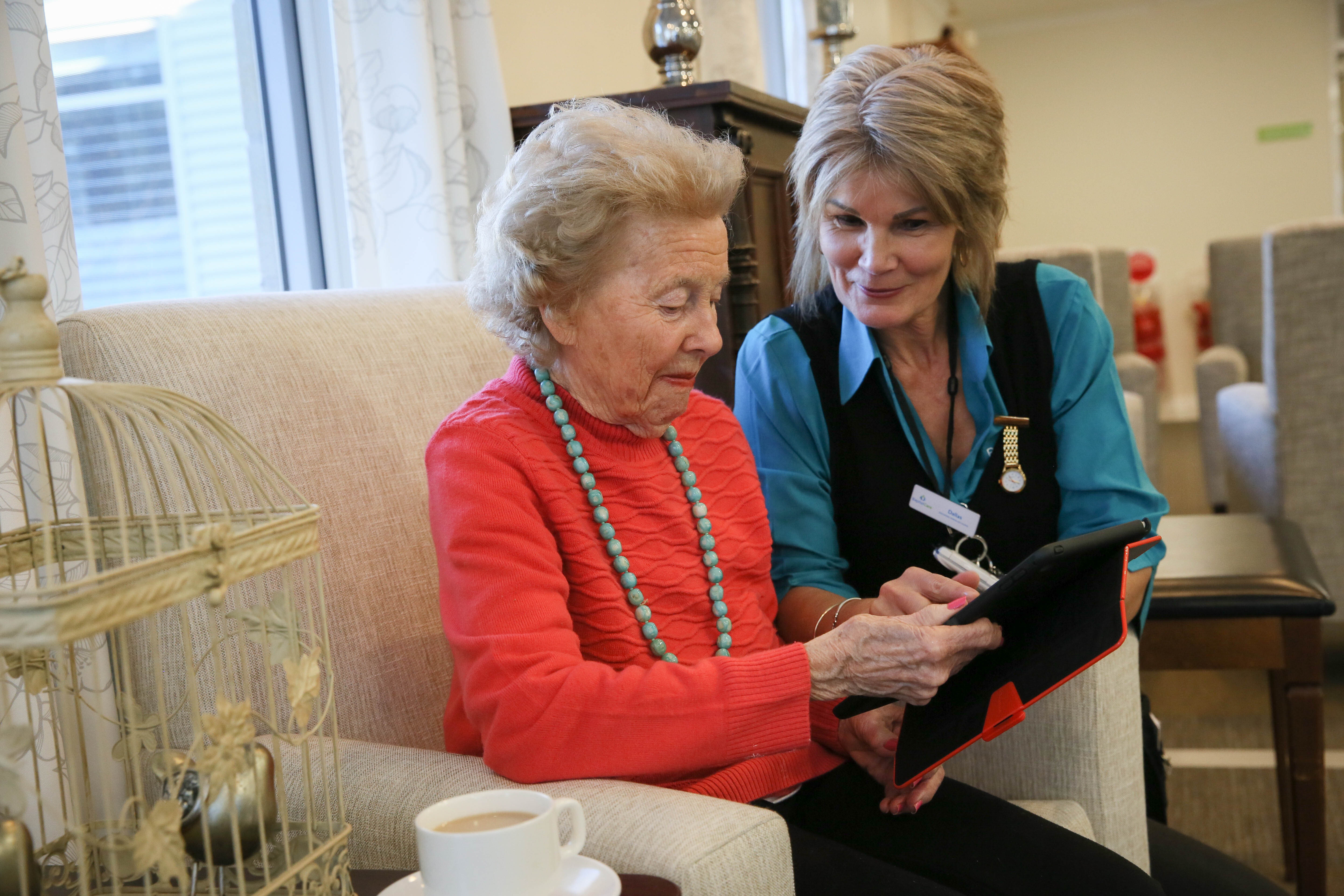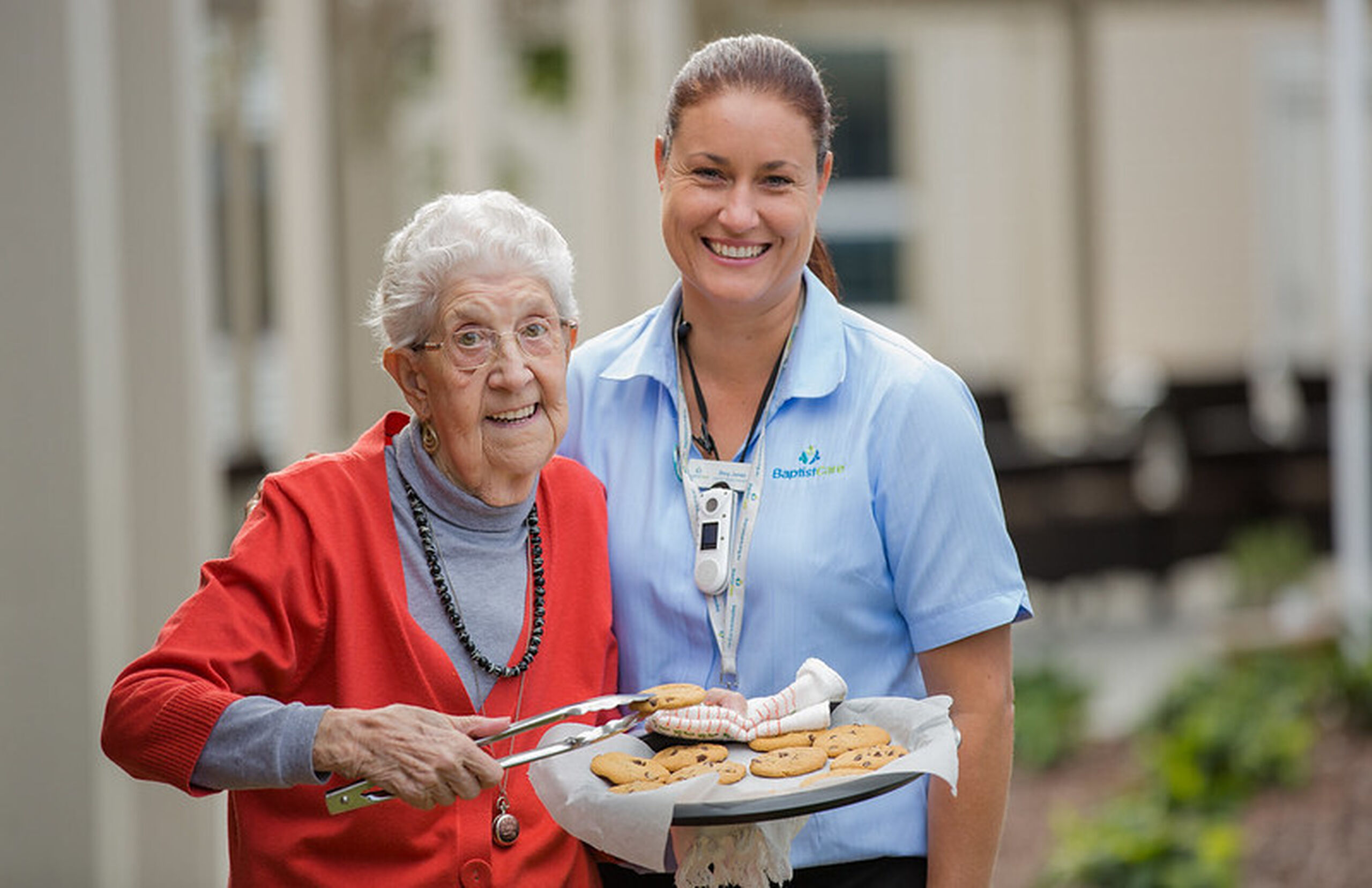19 March 2024
Stories
| Aged Care Homes
In Australia, the government subsidises a significant portion of residential aged care costs, allowing everyone to access the right care when they need it.
If you can afford to contribute, you’ll be required to pay towards your care, and the amount will be determined via a means test called an Income and Assets Assessment.
There are also support systems and payment options for those who are either not eligible for government subsidies, or who are experiencing financial hardship. We run through some of these options below.
If you’re new to aged care costs, we strongly recommend clueing up on the three main cost components of residential care by reading our blog, How Much Does a Residential Aged Care Home Cost in Australia?
Jump to:
How much will I have to pay?
The cost of residential aged care will vary from person to person. Your income and the assets you own will affect how much you pay, along with the type of aged care facility you choose and your eligibility for government subsidies.
In summary, there are three main components of residential aged care fees (also known as nursing home fees), but not everyone will have to pay all three. These are:
- The Basic Daily Fee – this covers day-to-day living costs in the care home and applies to every resident, regardless of their assets and income. The fee is 85% of the single-age pension and is reviewed each year in March and September by the Department of Health and Aged Care.
- The Means Tested Care fee – this covers your personal care in the aged care home, costing between $0 and $400 per day depending on your assets and income. It is capped annually at around $33,000 (and around $78,000 during a lifetime)
- The Accommodation Payment – This is the largest associated cost and is also means tested. It covers all your accommodation costs, including your room and board. If you must pay the Accommodation Payment, there are four different ways you can pay – we’ve provided an explanation of each option, here.
The best way to find out how much you’ll pay across each of the three cost components, is via an Income and Assets Assessment, conducted by My Aged Care. Read on to learn how this process works.
What is an Income and Assets Assessment?

The Income and Assets Assessment, conducted by Services Australia, evaluates how much you can afford to pay towards your residential aged care costs.
If your income and assets are under a certain amount, then the government will pay more towards (or even all) your personal care and accommodation costs.
They do this by paying supplements to government-approved aged care providers on behalf of each resident.
Not everybody will need to complete the Income and Assets Assessment. You can find out whether it applies to you, here.
If you are required to complete the Income and Assets Assessment, you can do so here.
What if I can’t afford residential aged care? How to access Financial Hardship Assistance.
If you need residential aged care but your financial situation means you cannot afford the necessary fees, there is help available via the Financial Hardship Assistance program.
The program enables you to receive additional support from the Australian Government, which will pay some - or all - of your aged care fees and charges, providing you meet the eligibility criteria.
To be eligible for the Financial Hardship Assistance program, you must:
- Have completed an Income and Assets Assessment if you haven’t done so already.
- Have assets less than $41,496 (excluding unrealisable assets)
- Have not gifted more than $10,000 in the previous 12 months or more than $30,000 in the previous 5 years.
Services Australia can also check if you are eligible for financial assistance from other government programs, pensions, or benefits.
To find out if you meet the criteria for Financial Hardship Assistance, visit myagedcare.gov.au/financial-hardship-assistance
I’m not eligible for government subsidies. What are my options?

If you have taken an Income and Assets Assessment and have not been deemed eligible for government subsidies, you can still pay privately for a room in a residential care home or for in-home services.
You can choose to pay privately with both government-approved and non-government approved providers.
Privately funded care might also be a suitable option for those who are eligible for government subsidies but are still waiting for their funds to come through. (In this case, you might also consider temporary respite care which we explain below).
In either case, you may consider some of the following options:
- Pay privately with a non-government approved residential aged care provider – these organisations provide accommodation and care services but are not regulated or subsidised by the Australian Government. Learn more.
- Pay privately with a government-approved residential aged care provider – BaptistCare, for example, provides privately funded services that adhere to all government regulations and offer quality, round-the-clock care – find out more.
- Pay privately for home care – this type of care incorporates a range of private services that support you to live safely and well in the comfort of your own home. This might include help with household chores, meal preparation, or personal and clinical care. Learn how we could help you with our BaptistCare at home services.
- Financial support from family – Family members may choose to step in and pay their parent’s Refundable Accommodation Payment (RAP). This will avoid their parent from needing to pay the interest rate associated with the Daily Accommodation Payment (DAP). Once paid, it’s important to note that the RAD becomes classed as the resident’s asset, which can in turn affect their Means Tested Care fee.
Everybody’s financial situation is different. We strongly recommend you consult a financial advisor before making significant financial decisions.
In an urgent situation, consider residential respite care as a stopgap

If you urgently need residential aged care, you might consider temporary respite care in a residential aged care home.
This service is funded through an entirely different system and is heavily subsidised by the Australian Government. It is not means tested, and residents can claim up to 63 days per year.
Residential respite can be a very useful resource while you make longer-term plans, with many people transitioning into permanent residential aged care once funding has been confirmed.
Residential care home vacancies can also be accessed quickly depending on the location, with some homes keeping a few rooms aside solely for respite residents. Learn more, here.
Find BaptistCare aged care services near me
If you would like to know more about BaptistCare residential aged care services, why not chat with one of our friendly team – we’d be happy to talk with you about your situation and care needs, and can arrange a tour around your nearest BaptistCare residential aged care home.
Use our simple online search tool to explore BaptistCare Aged Care Home locations across New South Wales and the ACT.
Click the link below to learn more about BaptistCare's
Residential Aged Care | MyTeam | Understanding Aged Care | Financial Guide | Find a centre
